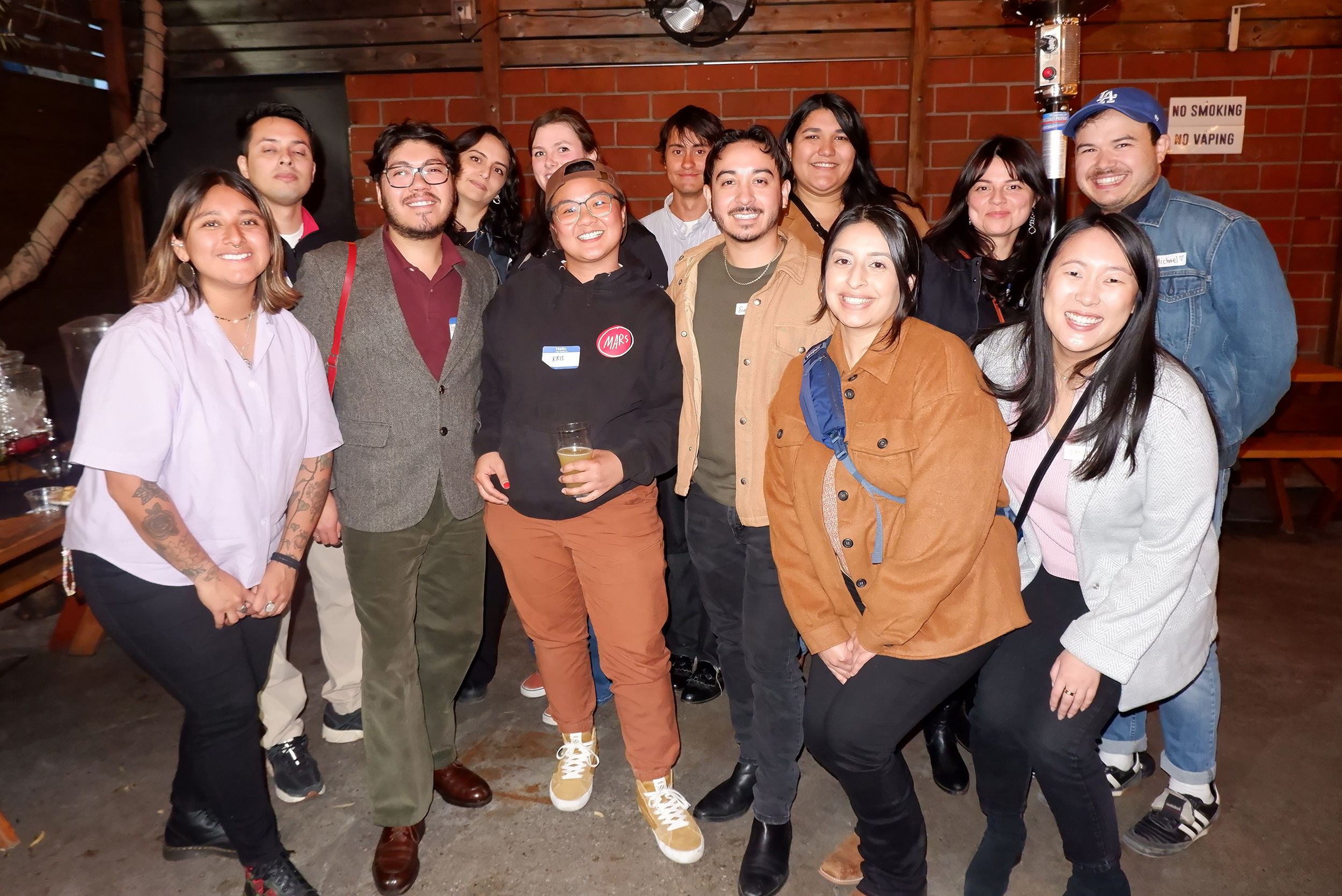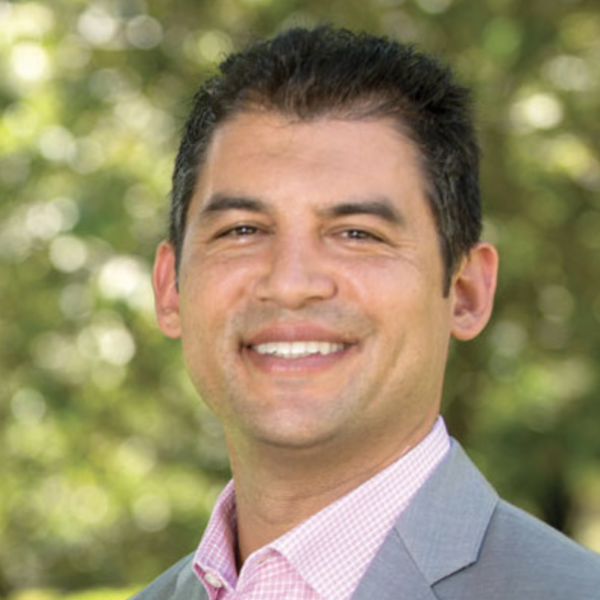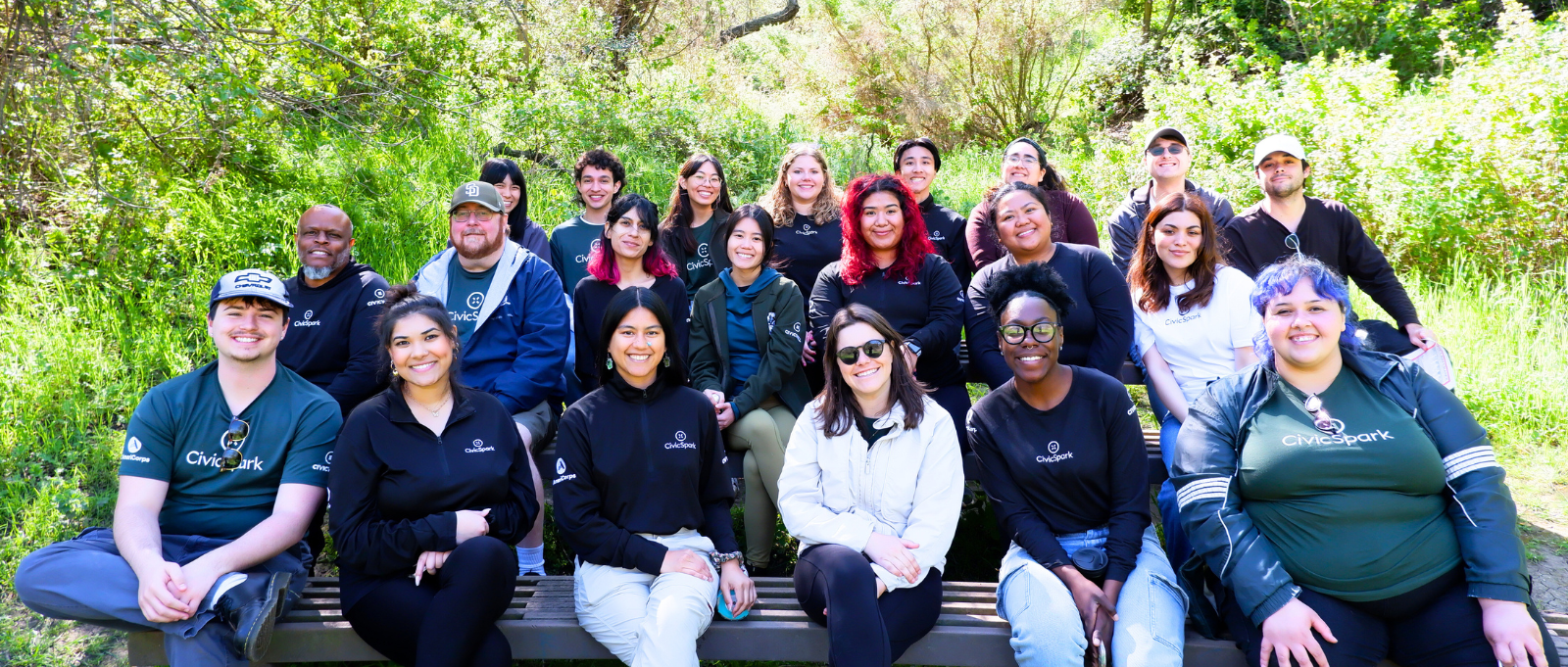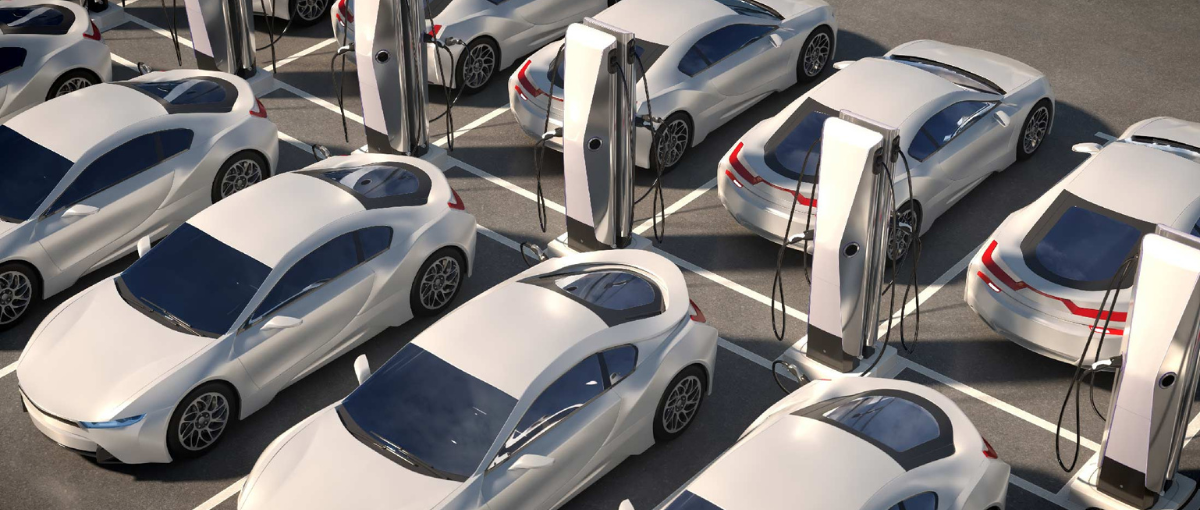March 28, 2024
Topic
2024 marks the tenth anniversary of CivicSpark, CivicWell’s award-winning and evidence-based AmeriCorps program that builds local capacity to address community resilience challenges. Since 2014, over 1,000 CivicSpark Fellows have provided more than one million hours of service.
Earlier this month CivicSpark Fellows across California, Colorado, and Washington participated in the annual Mid-Year Symposium, held in coordination with AmeriCorps Week and the national program’s 30th anniversary. The Mid-Year Symposium provides an opportunity for the entire CivicSpark cohort to convene for a week of learning, reflection, and connection in the midst of the service year. This year was especially powerful given the anniversaries of CivicSpark and AmeriCorps, and our program’s upcoming expansion into new regions.

CivicSpark partnered with ecoAmerica to provide training for Fellows on its Path to Positive Communities Climate Ambassador program. This training equipped Fellows with the knowledge, hands-on experience, and resources to speak and take action on climate change in their local neighborhoods and with policymakers.
CivicSpark also received a grant from Service Year Alliance to pilot a Bridging Differences curriculum with Fellows. CivicSpark partnered with Service Year Alliance to bring a curriculum called Perspectives that emphasizes “coming together across divides to listen and understand each other, to explore shared values, build relationships, and to make collaboration the norm.”

As part of the Symposium, CivicSpark hosted Fellow meet-ups in Sacramento, Los Angeles, Seattle, and a virtual gathering for Colorado Fellows. During these gatherings, 111 Fellows participated in community service work and engaged in team building activities. Twenty-five CivicSpark alumni joined for regional panels and networking activities, sharing insights on their career journeys and advice for current Fellows.
CivicSpark Fellow Alicia McFee, who serves at the Washington Department of Commerce, shared her takeaways from the Symposium: “Being able to get closer to the other Fellows and make actual friendships with them felt amazing…Being able to talk to others who are in the exact same spot as me, in life, in education, in career. Being able to bond about the different work we are doing and the passions we have for the environment. Being able to have an in-person alumni mixer was amazing! I am not the best at asking questions but hearing from all of these successful people with jobs that amaze me and knowing that they were once in my shoes is a good feeling.”
CivicSpark Fellows Speak at Policymakers Conference
CivicSpark Fellows Jason Scott-Sheets (serving County of Sacramento, Office of the County Executive) and Camille Graham (serving City of Sacramento, Department of Utilities) shared insights from their work as part of a panel at the 32nd annual CivicWell Policymakers Conference on The Future of the Climate Movement. The audience included over 100 city councilmembers, county supervisors, and other executives. Here they are pictured with fellow panelists Lucas Frerichs (left), Yolo County Supervisor, and Karthick Ramakrishnan (right), Director of AAPI Data and co-founder of California 100.
CivicSpark Expansion Updates
CivicSpark is actively recruiting partners across additional states and territories in the U.S. Southeast, Caribbean, and Hawaii in preparation for an expanded program beginning in September 2024. The team is awaiting final funding decisions this spring while moving ahead with preparations and recruitment. At scale, CivicSpark hopes to welcome a cohort of approximately 200 Fellows in the fall, doubling our current footprint. It is an exciting time for the climate change-focused national service field, and we look forward to finalizing our expansion plans in the coming weeks to welcome a broader geography of partners and Fellows into our network!
CivicSpark Is a Finalist for the American Climate Leadership Awards
CivicSpark is thrilled and honored to be a Top 10 Finalist for ecoAmerica’s 2024 American Climate Leadership Awards. CivicSpark is being recognized as a program with a 10-year track record of success, innovation, and replicability in climate action. Launched in 2019, the American Climate Leadership Awards showcases meaningful climate action at the local, regional, and national levels. Join us at the virtual award ceremony on April 3rd.
CivicSpark Director Presents at The Corps Network Conference
CivicSpark Program Director Bill Sadler attended The Corps Network’s annual conference in Washington, DC the week of March 18. Bill presented on the panel From Conservation to Climate Corps: How Existing Programs Incorporate Climate-Forward Thinking alongside programs from Iowa, Minnesota, Maryland, and Utah. CivicSpark has been announced as an Implementing Partner of the newly-formed American Climate Corps. We are excited to partner with other climate-focused service programs to expand and provide more opportunities for young professionals to launch their sustainability careers and much-needed capacity support for local governments.
Policy Corner
Through the California Air Resources Board (CARB), the Administration of Governor Gavin Newsom has committed to reducing greenhouse gas (GHG) emissions by 48% below 1990 levels by 2030, exceeding the benchmark of 40% below 1990 levels by 2030 adopted by the Legislature. In addition, the Administration has set a goal of carbon neutrality by 2045. This month, a study released by Beacon Economics and environmental nonprofit Next 10 brought home just how daunting those marks will be to achieve.
The study found that GHG emissions in the state must be reduced by a 4.6% annual average between 2022 and 2030 to get to the legislative target set for that year. However, according to the most recent available data, the state only reduced GHG emissions by an average of 1.5% annually over the period from 2010 to 2021 and GHG emissions actually increased by 3.4% in 2021 as the economy started to recover from the depths of the pandemic.
In the last two decades, an annual reduction in GHG emissions exceeding 4% has occurred only twice—in 2009 and 2020—in the midst of deep recessions. In short, the state will need to nearly triple the annual GHG emission reductions over the remainder of the decade to reach the 40% below 1990 mandate. Significantly greater reductions will be required to get to the 48% below 1990 level by 2030 set by CARB.
Put differently, to get to the 40% below 1990 levels target, the state must reach a level of emitting only about 258 million metric tons of carbon dioxide-equivalent gasses in 2030 compared to the 381 million metric tons of such gasses emitted in 2021—a reduction of more than 100 million metric tons.
While the conclusions about the reductions needed are extremely sobering, the report included some good news as well. The adoption of electric vehicles (EVs) is exceeding projections, with about 25% of all new vehicle sales being EVs in 2023. The target of 1.5 million EVs in the state by 2025 has already been reached. Additionally, energy efficiency measures for buildings have resulted in emission reductions of 4.4% and 4.5% in the residential and commercial sectors, respectively, between 2019 and 2021.
Nonetheless, to reach the legislative—let alone the CARB—targets by 2030, dramatic steps are needed. With the transportation sector accounting for about 40% of GHG emissions, those steps include far greater use EV use. In order to boost public confidence in buying EVs, the purchase cost will need to continue to decline and public charging infrastructure will need to be greatly expanded with improved reliability. Measures will also need to be taken to reduce vehicle miles traveled (VMT) and to reinvigorate public transit.
Significant strides will be required in reducing GHG emissions from the production of electricity as well. Beacon Economics estimates that emissions will need to be reduced by 6.3% annually—almost twice the 3.5% reductions recorded on average yearly between 2011 to 2021. And, such reductions will have to come in the face of an increase in emissions of 4.8% from 2020 to 2021.
Continuing a major shift from fossil fuels, especially natural gas, to renewable energy sources such as wind and solar will need to be accelerated, with generation through distributed energy and microgrids playing a role.
The built environment must also continue to see sizable reductions in GHG emissions. As noted above, reductions have been made but considerably more will be necessary to replace fossil fuel-powered appliances and home heating systems, increase energy efficiency, and stimulate energy conservation.
As CARB Chair Liane Randolph recently told the Joint Legislative Committee on Climate Change Policies, “The challenge is that we need all of our programs to be effective and reduce emissions as laid out in the scoping plan. We need each program to perform as well as or better than identified in the scoping plan in order to achieve our goals.”
Board Highlight

From a recent article in POLITICO: “The developers of a new wind farm in the Santa Barbara County hills did something a lot of people thought was impossible, a local official said today: They finished an industrial-scale renewable project on California’s pristine and heavily regulated coast.
‘Projects like this are really important as a counterfactual to change that narrative, to show that it’s possible to permit and operate in coastal counties,’ county supervisor and former Assemblymember Das Williams said at a press conference today…
The project, brought online by international developer BayWa r.e., is harvesting nearly 100 megawatts of renewable energy when California needs it most — in the morning before the sun comes up and in the evening after it sets and solar power drops off.
To keep up with its goals, California needs the equivalent of 70 more Strausses in the next 10 years, according to a California Public Utilities Commission plan published last week.”







